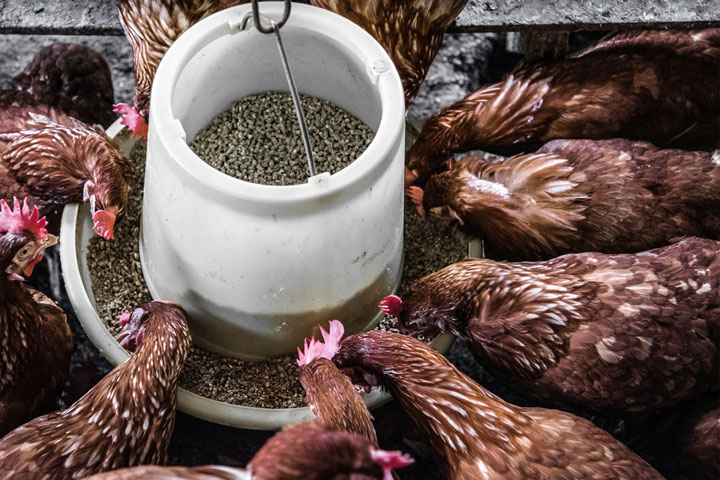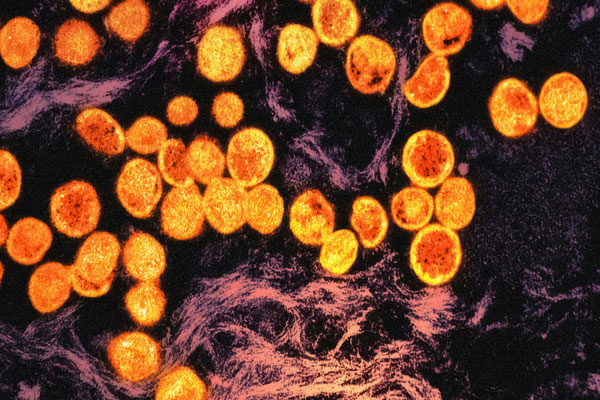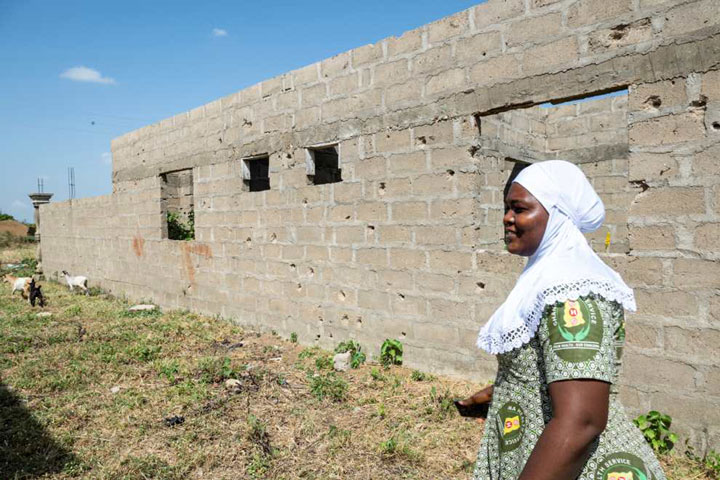Could bird flu be quietly spreading undetected worldwide?
H5N1 could cause asymptomatic infections, meaning it could spread – and evolve – undetected, making it harder to fight.
- 6 November 2025
- 5 min read
- by Priya Joi

A strain of bird flu that has caused the death of mammals since 2020 is now suspected to have a deadly new skill: spreading undetected in people.
A review by the CDC’s Fatimah Dawood and colleagues in JAMA Network Open found that asymptomatic H5N1 infections have been reported in several countries.
H5N1 has been spreading aggressively from wild birds to domestic poultry worldwide and the leap into mammals was worrying. Despite killing about 21 people since 2020, H5N1 hadn’t yet gained the ability to spread easily between people, and it only seemed to infect those who had been in contact with sick animals.
However, genetic changes that made the virus more adept at infecting mammals triggered concern that it could begin to infect people more easily, sparking pandemic potential.
When an infection is asymptomatic, transmission chains can go undetected, giving the virus opportunities to adapt and spread widely before an emerging pandemic is recognised.
Silent spread of H5N1
The researchers say: “This finding challenges the traditional perception that influenza A (H5N1) infection among humans is almost invariably symptomatic and severe.”
In a commentary in the same journal, Rick Bright, of Bright Global Health, and Nicole Lurie, of the Coalition for Epidemic Preparedness Innovations (CEPI), said that the review suggests that “the implications are substantial” because it shows that “in some settings, there is probable person-to-person transmission” of H5N1.
Lurie was one of six scientists to write an op-ed in Science in March 2025, warning the world to prepare for an H5N1 pandemic.
“In the US, we are now at a point in the outbreak where cases of H5N1 could be spreading, but are undetected. H5N1 human cases are also now being reported in Mexico, Bangladesh and Cambodia,” Lurie told VaccinesWork.
Have you read?
“However, as people may experience minimal or no symptoms – and with disease monitoring systems relying on visible symptomatic illness to make a diagnosis – we are in a worrying position, where much of this could be going under the radar.”
Asymptomatic cases may seem like nothing to worry about, but, as Lurie explains, the disease can be deadly. “Severe infections can occur – as evidenced by the 47% case-fatality rate among the 17 human H5N1 cases reported in Cambodia so far this year. Some groups of people, like the elderly or those with underlying health conditions, are more at risk than others.
Could a vaccine save the day?
Since 2024 CEPI has been closely monitoring the spread of H5N1 flu among animals and humans around the world.
In March 2025, the organisation committed up to US$ 20 million to strengthen the world’s readiness should the threat of H5N1 escalate further, supporting both the design and development of immunogens – critical parts of a vaccine that trigger an immune response. CEPI-backed scientists are also using cutting-edge AI techniques to design better H5N1 immunogens – and to do this quickly.
An additional US$ 16.4 million partnership with the Serum Institute of India will test whether two H5 antigens added to a specialised platform, known as a baculovirus platform, can elicit immune responses against multiple H5 strains.
As Lurie explains: “Compared to the traditional slow and laborious technique using eggs to develop flu vaccines, these rapid-response technologies could dramatically speed up vaccine development timelines so we are better prepared should the outbreak spread to pandemic proportions.”
Quiet threat of H9N2
At the same time as the H5N1 findings, a strain of bird flu long considered low risk may hold greater pandemic potential than previously thought, according to researchers tracking its evolution.
The H9N2 virus – often overshadowed by more lethal avian influenza types such as H5N1 – appears to be adapting to infect people more efficiently, prompting scientists to call for closer monitoring.
So far, H9N2 hasn’t been of much concern – despite being the second most common bird flu strain known to infect people – because it was thought only to cause minor disease in birds.
Kelvin To, a clinical microbiologist at the University of Hong Kong and colleagues have been documenting genetic changes in H9N2, looking for evidence of person-to-person transmission, which would be a red flag for pandemic potential.
Presenting their findings at the Pandemic Research Alliance International Symposium in Melbourne on 27 October, To described their findings that H9N2 has evolved to be able to better infect people; virus samples collected in 2024 infected more human cells than a sample collected in 1999.
Of particular concern is the fact that the 2024 H9N2 strain replicated better in human nasal cells. When a virus can easily infect the upper respiratory tract, it correlates with person-to-person transmissibility, say the researchers in a preprint of the research.
Pandemic potential
Most pandemics so far have been caused by influenza viruses because they are better than most viruses at jumping between species.
This is also why researchers are so concerned about the ability of H5N1 to start infected new species, especially ones that humans come into contact with.
But there’s another concern too – that people may be co-infected with bird flu and seasonal flu. Seasonal flu spreads extremely easily between people, and co-infection could allow opportunities for the bird flu virus to acquire those same mutations from the seasonal flu virus that allow it so spread easily.
“As we saw with the speed at which COVID-19 evolved, the spread of undetected virus also provides more opportunities for H5N1 to mutate,” Lurie explains. “New variants could result in more severe infections or even help the virus spread easily between people, increasing the potential for the virus to cause a pandemic.
“As long as there’s virus circulating somewhere, these risks will remain. The world needs to act before it’s too late.”









